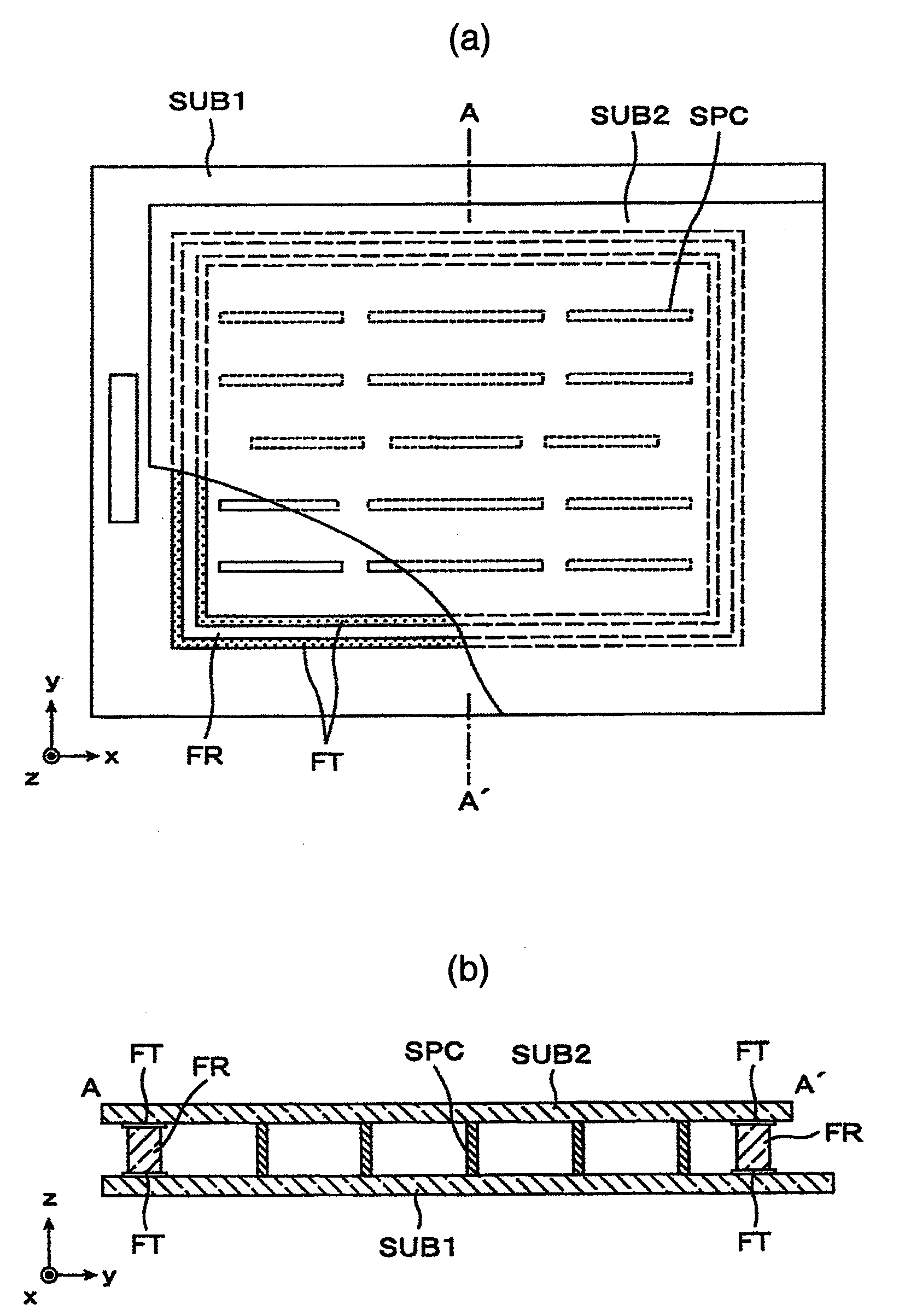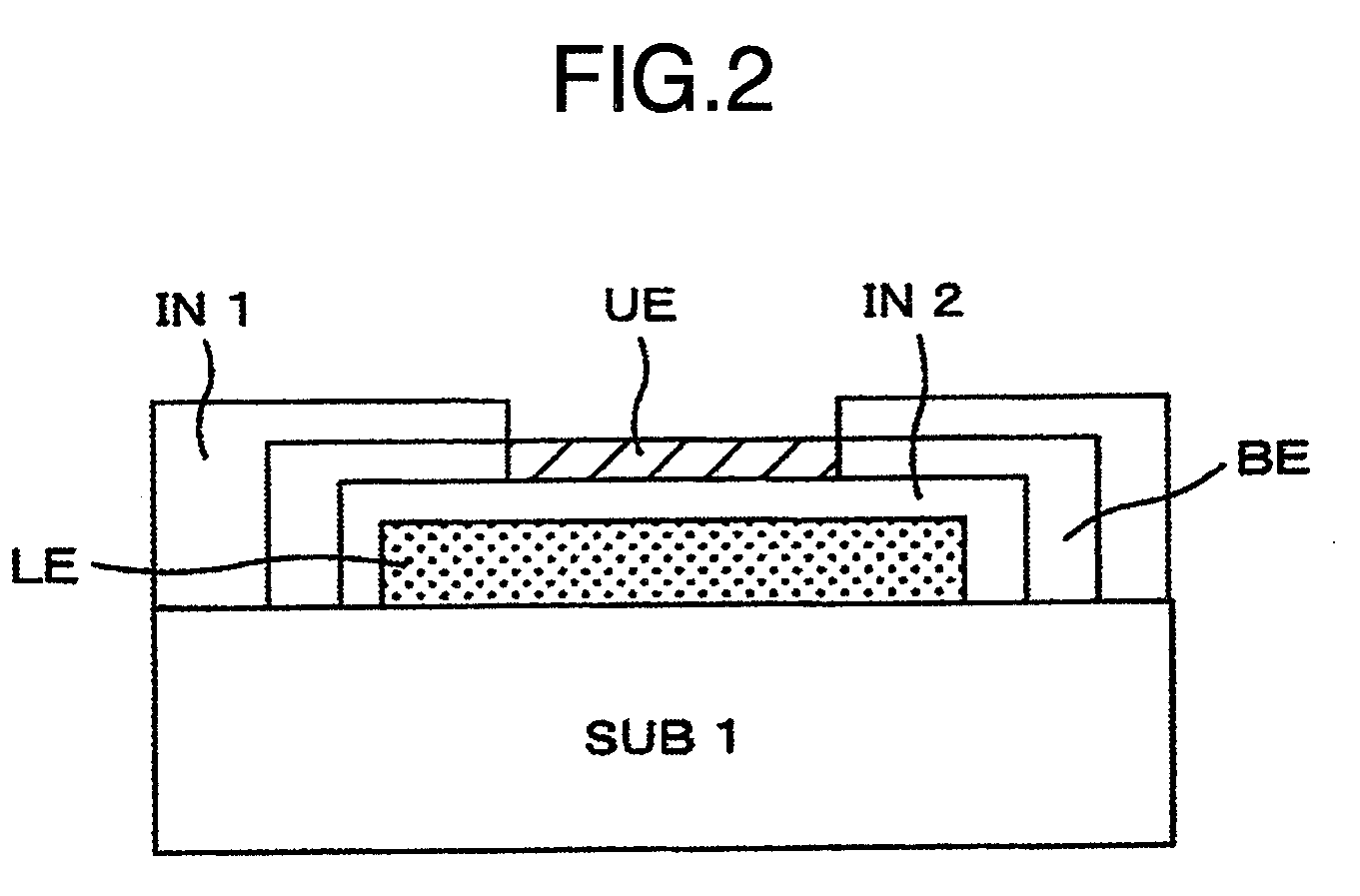Display device
a display device and display technology, applied in the direction of discharge tube luminescnet screens, discharge tube/lamp details, electric discharge lamps, etc., can solve the problems of reducing the mass productivity of a product, increasing the cost, and degrading the electrode of the electron source, so as to improve the bending strength, remove small flaws, and high strength
- Summary
- Abstract
- Description
- Claims
- Application Information
AI Technical Summary
Benefits of technology
Problems solved by technology
Method used
Image
Examples
examples
[0071]For the components shown in Table 1, preparation and evaluation of glass materials were performed. Table 1 shows the properties of each glass, as well.
TABLE 1ComparativeComparativeComparativeComparativeComparativeExample 1Example 2Example 1Example 2Example 3Example 4Example 5CompositionSiO255536063606054(wt %)B2O38————88Al2O3151573101515Na2O——42—7.5—Li2O—————4.51K2O191561010219Cs2O———————Rb2O———————MgO—4272——CaO—24.542——SrO—27114——BaO—3706——ZrO2——2.5————Ln2O336——633transition point655760630635720503570(° C.)α (×10−7 / ° C.)84828384768087density (g / cm3)2.52.662.782.682.762.482.49Young's modulus85837875808283(GPa)thickness (mm)1.81.82.82.82.82.82.8“load at which the20000500050070010002000020000crack occurrencerate is 50%” (mN)
[0072]The transition point is a characteristic for evaluating the heat resistance of a glass substrate. The transition point that does not satisfy a predetermined value may cause deformation, cracking, or the like of a glass substrate in the heat treatment st...
PUM
| Property | Measurement | Unit |
|---|---|---|
| size | aaaaa | aaaaa |
| temperature | aaaaa | aaaaa |
| density | aaaaa | aaaaa |
Abstract
Description
Claims
Application Information
 Login to View More
Login to View More - R&D
- Intellectual Property
- Life Sciences
- Materials
- Tech Scout
- Unparalleled Data Quality
- Higher Quality Content
- 60% Fewer Hallucinations
Browse by: Latest US Patents, China's latest patents, Technical Efficacy Thesaurus, Application Domain, Technology Topic, Popular Technical Reports.
© 2025 PatSnap. All rights reserved.Legal|Privacy policy|Modern Slavery Act Transparency Statement|Sitemap|About US| Contact US: help@patsnap.com



